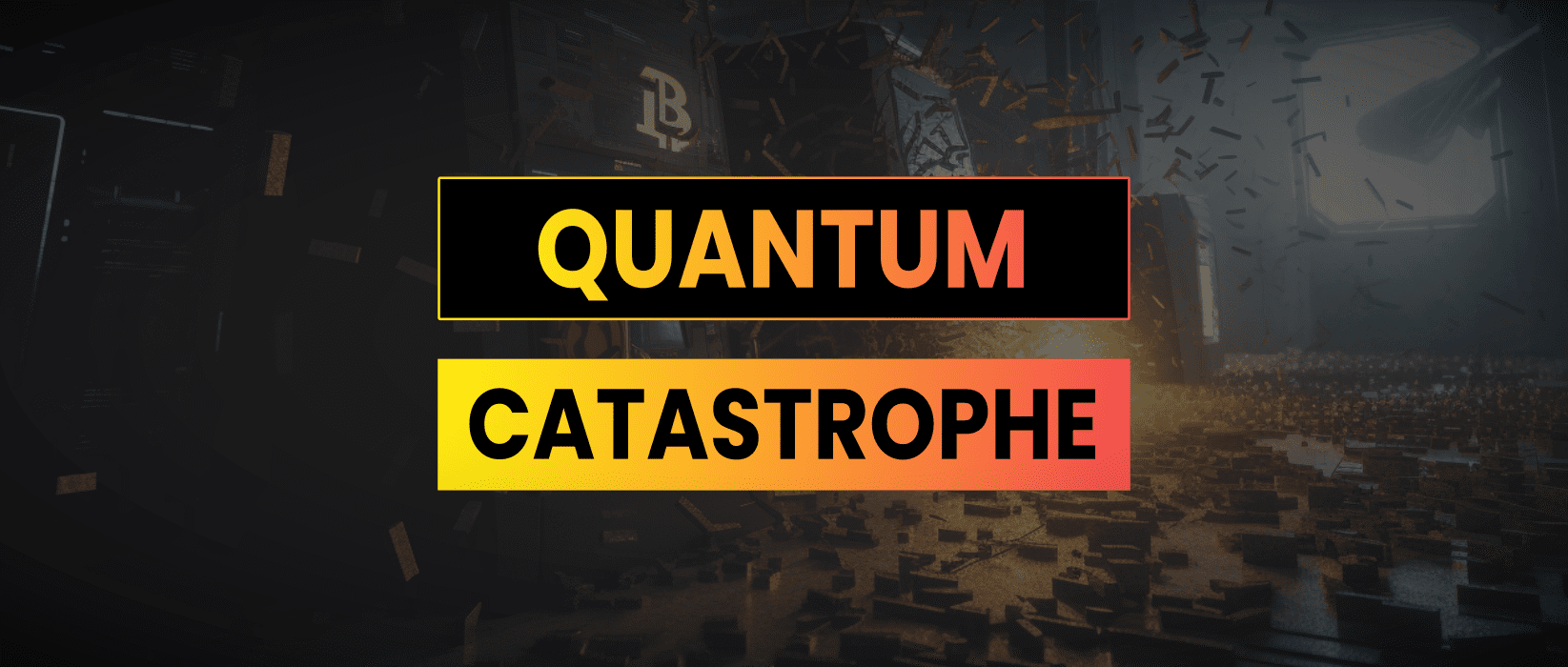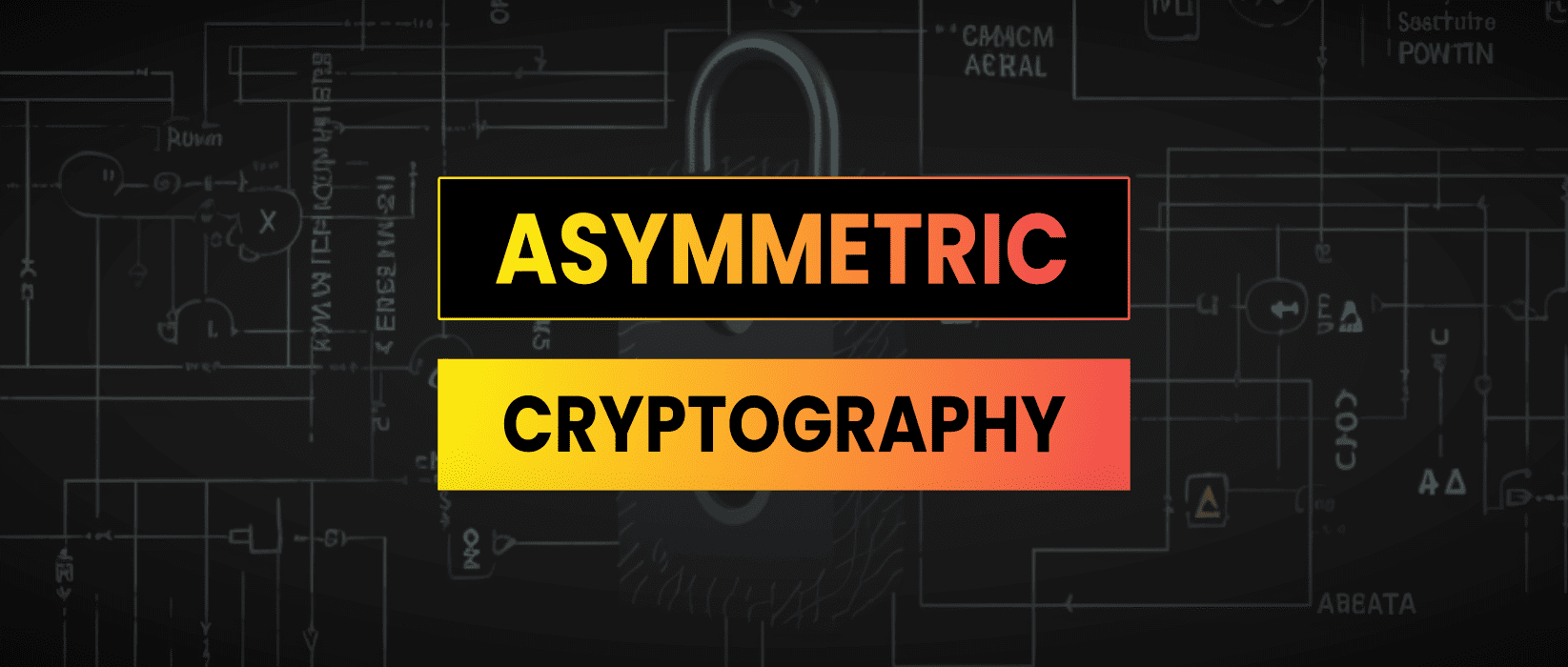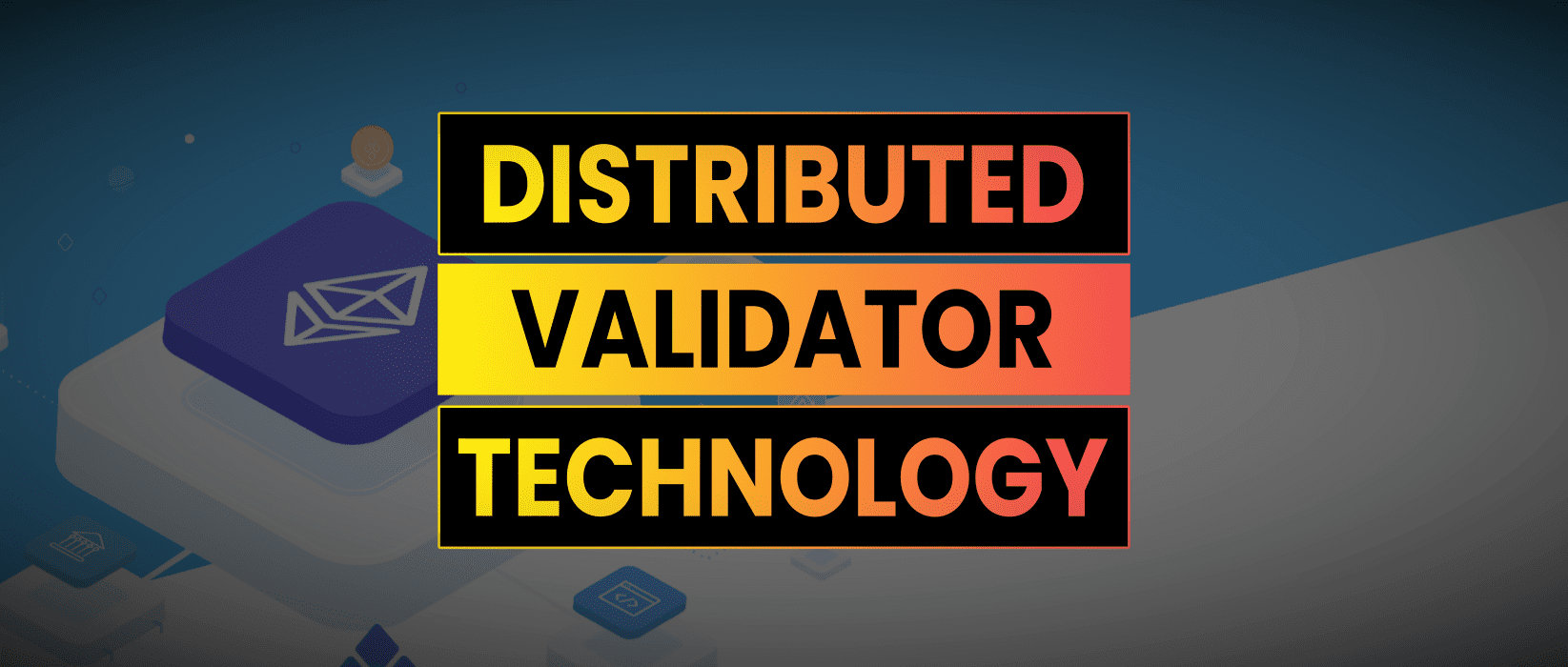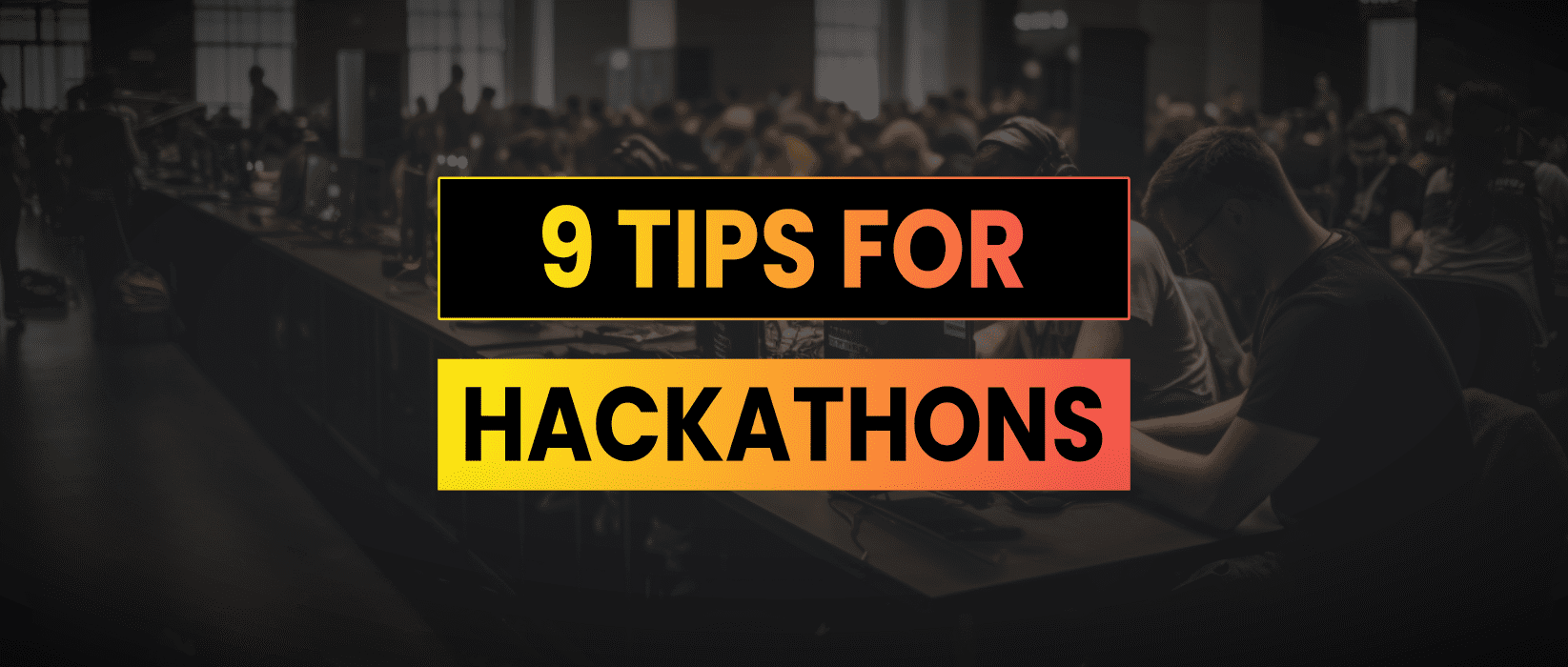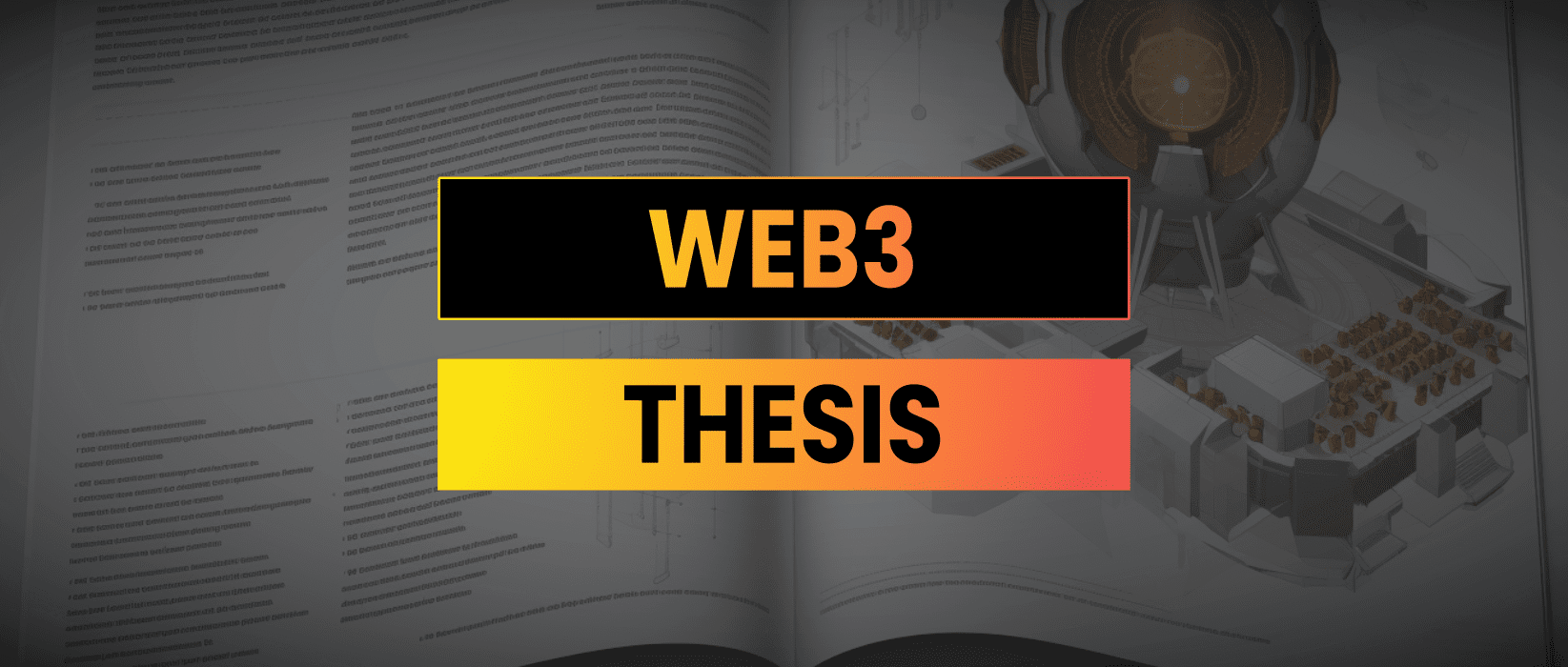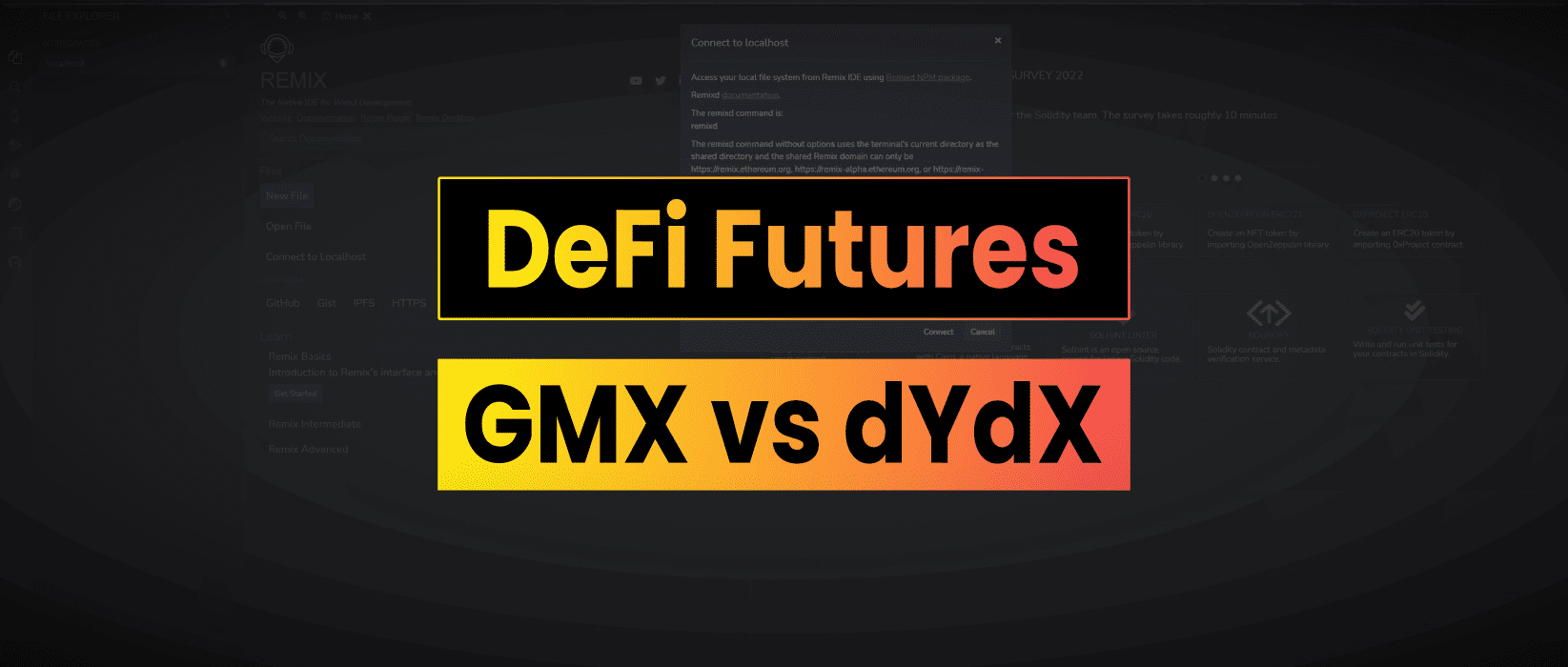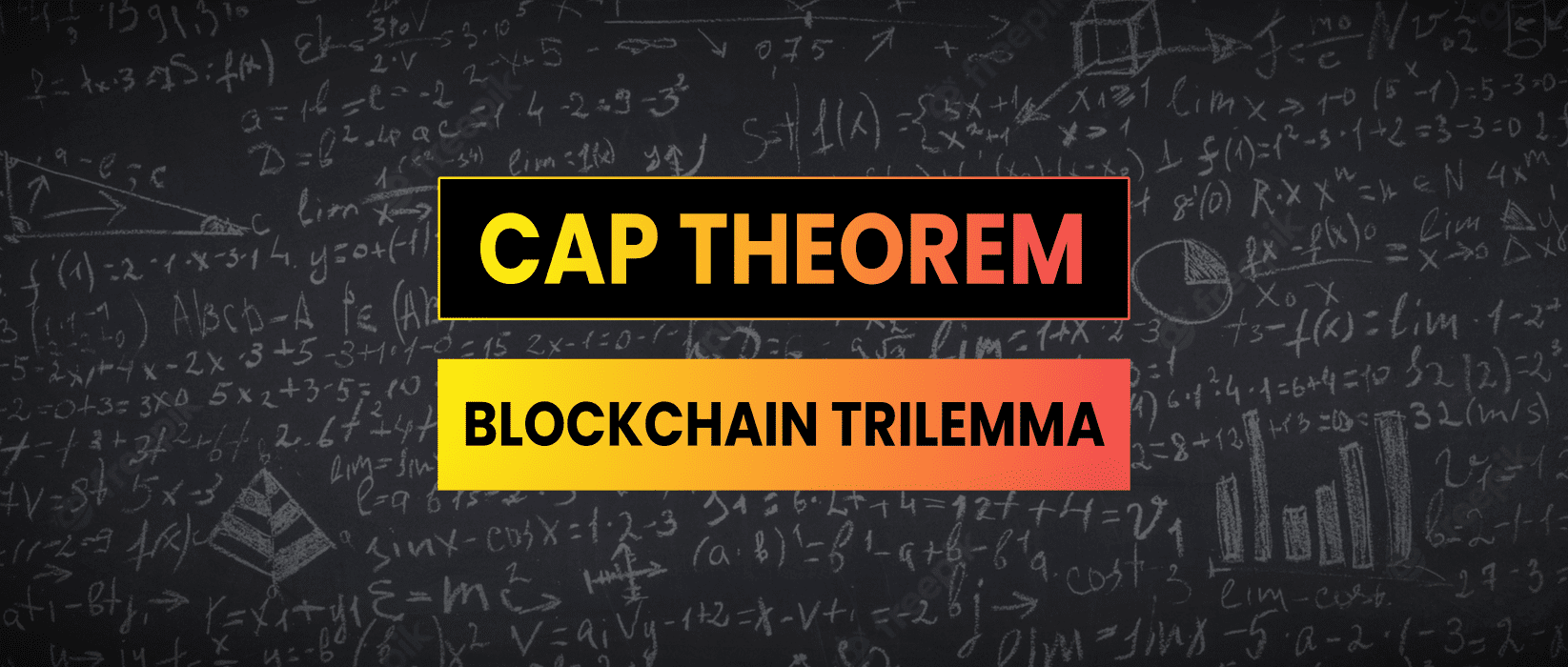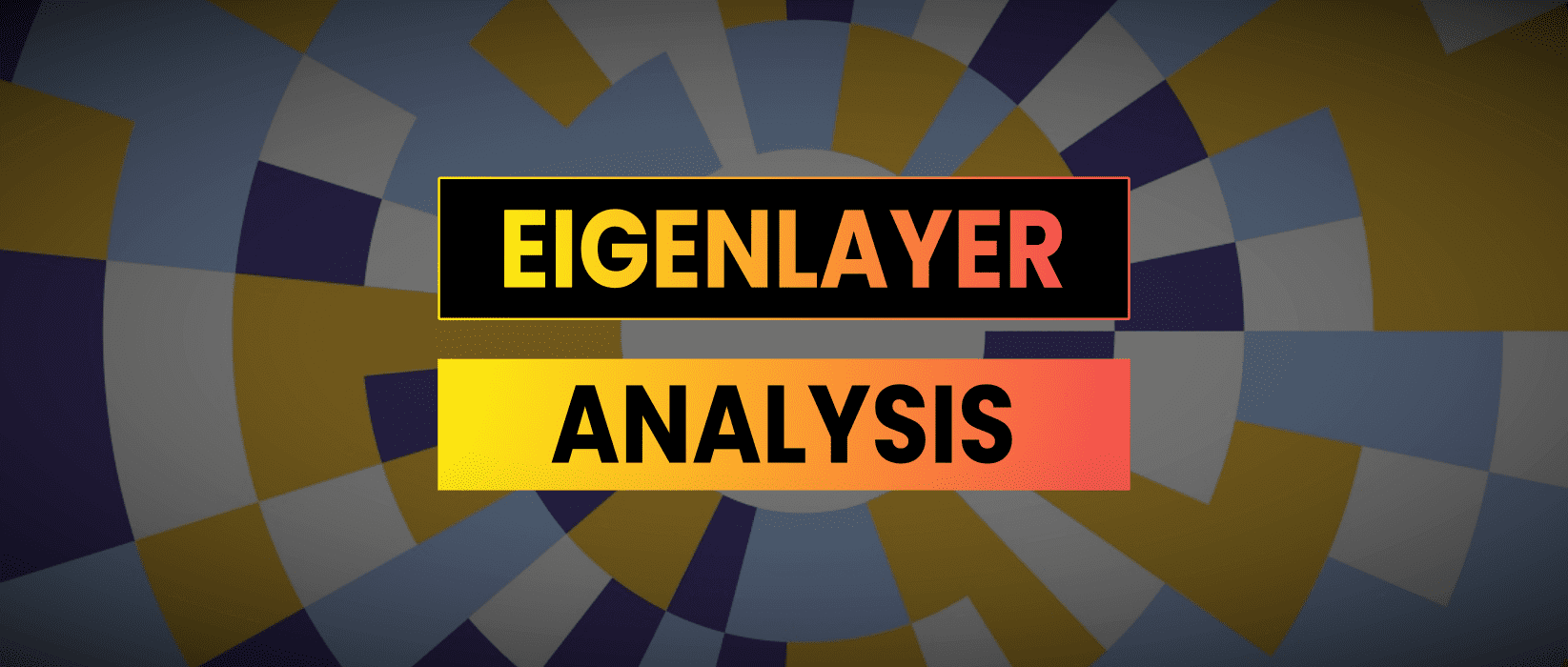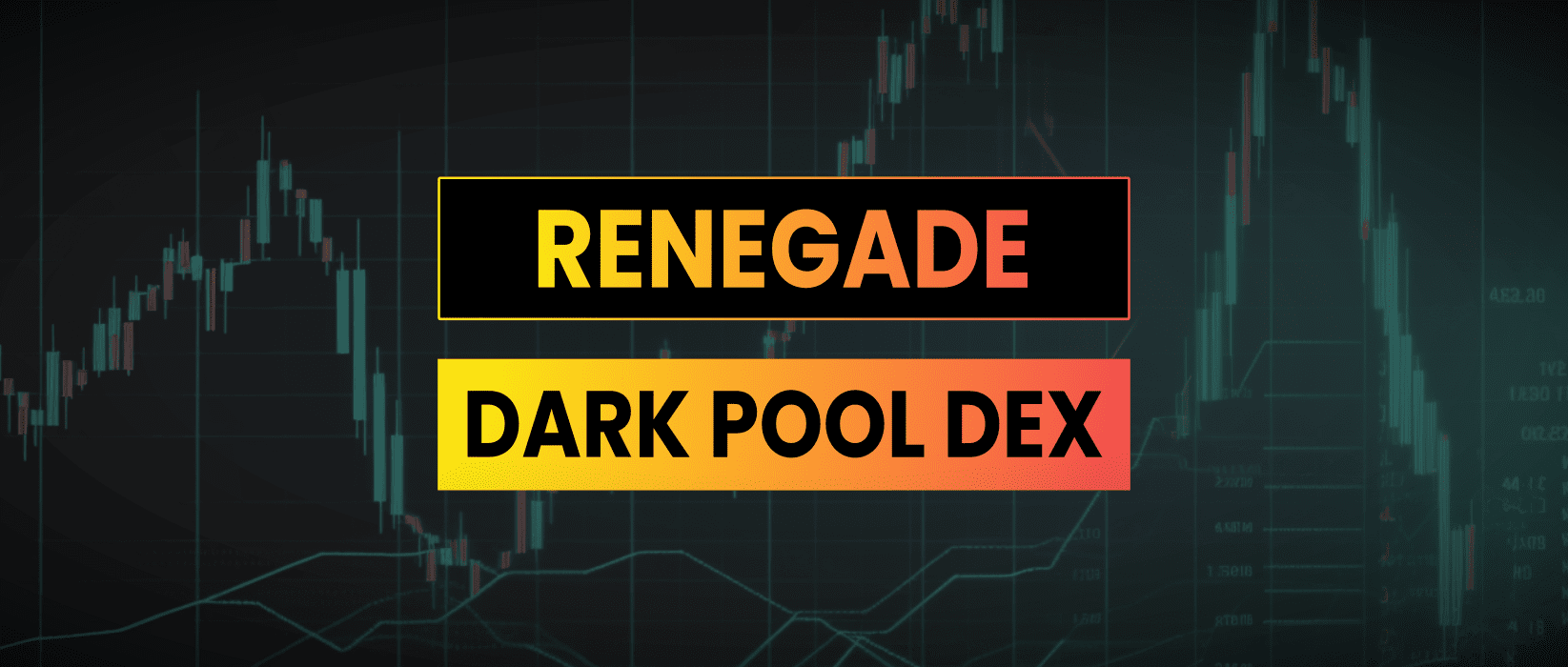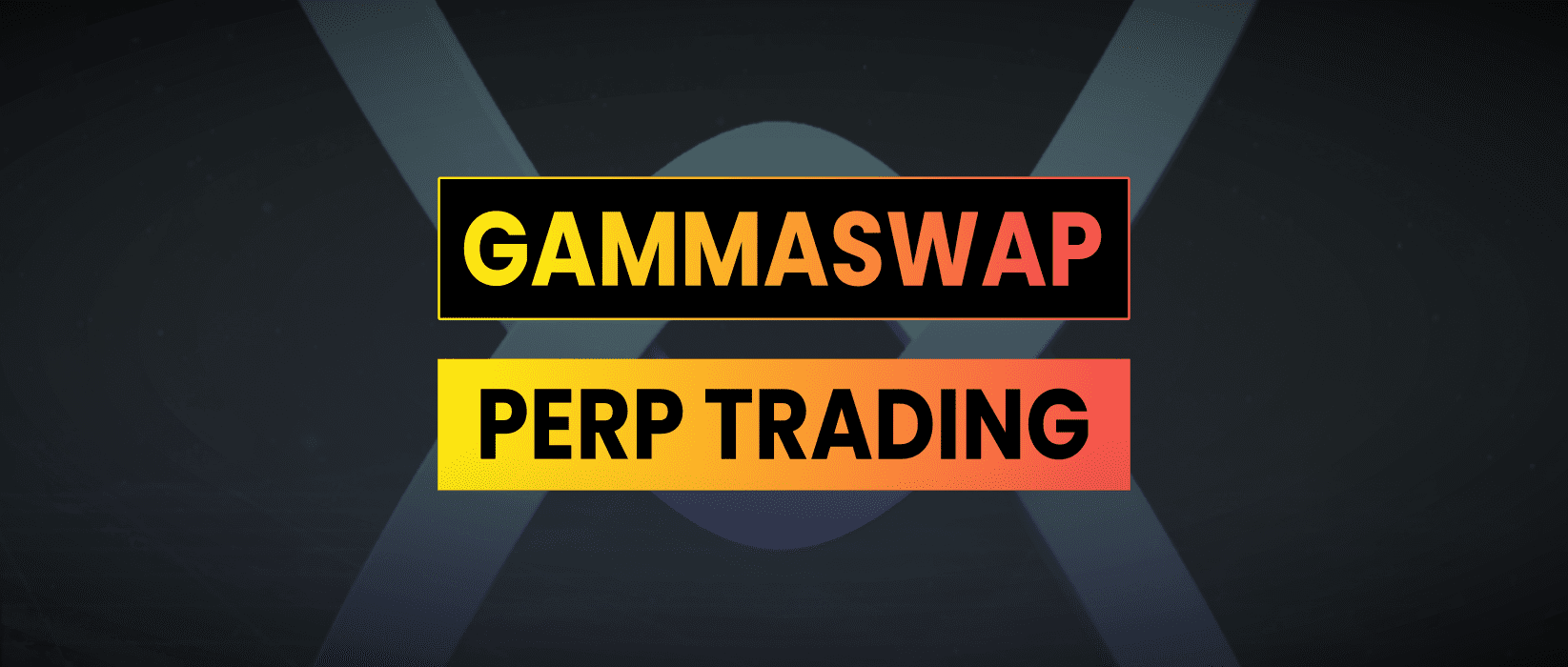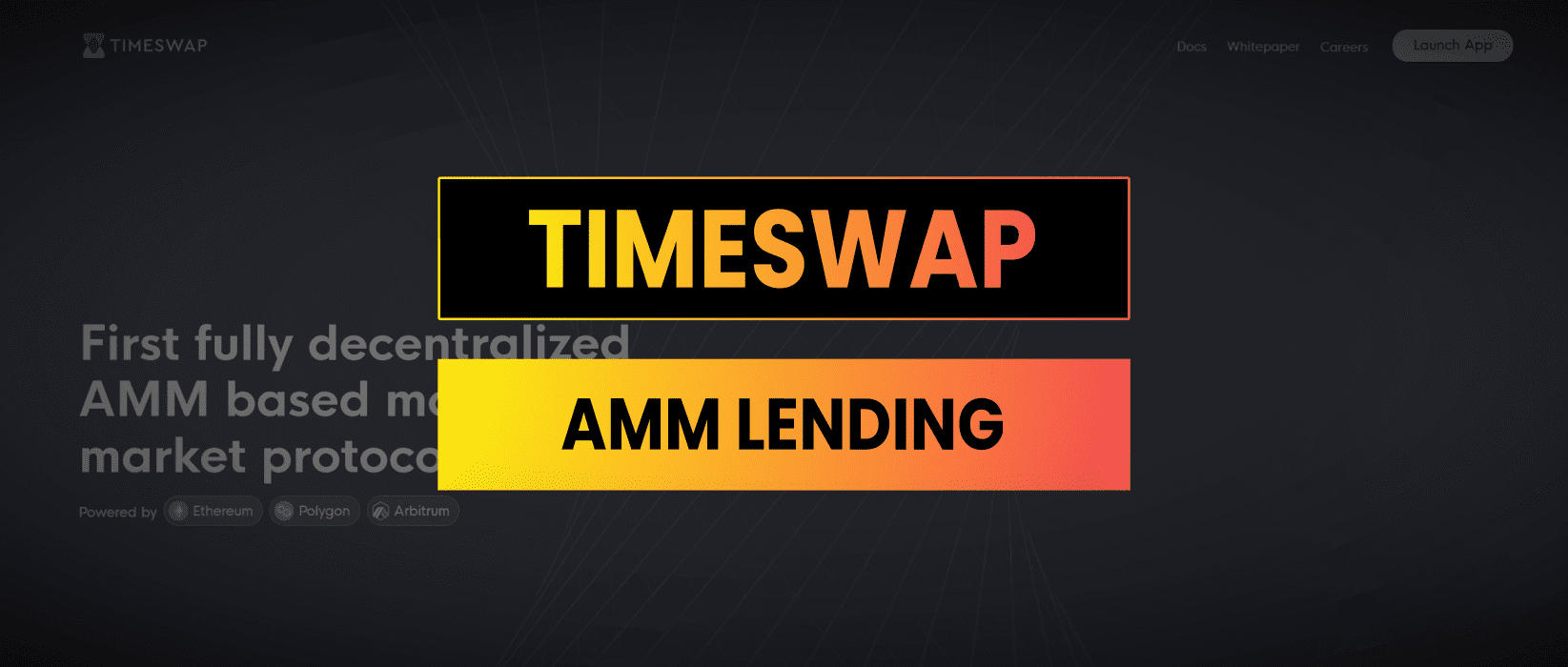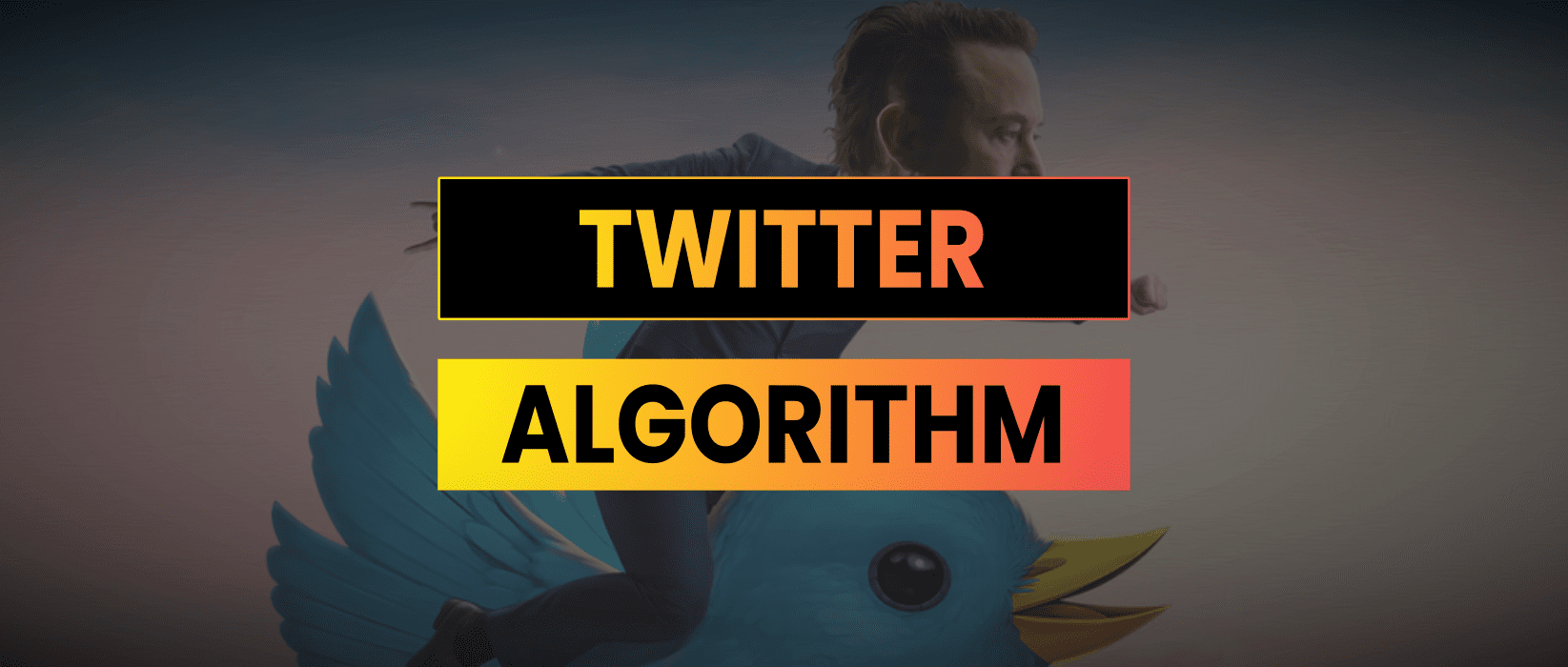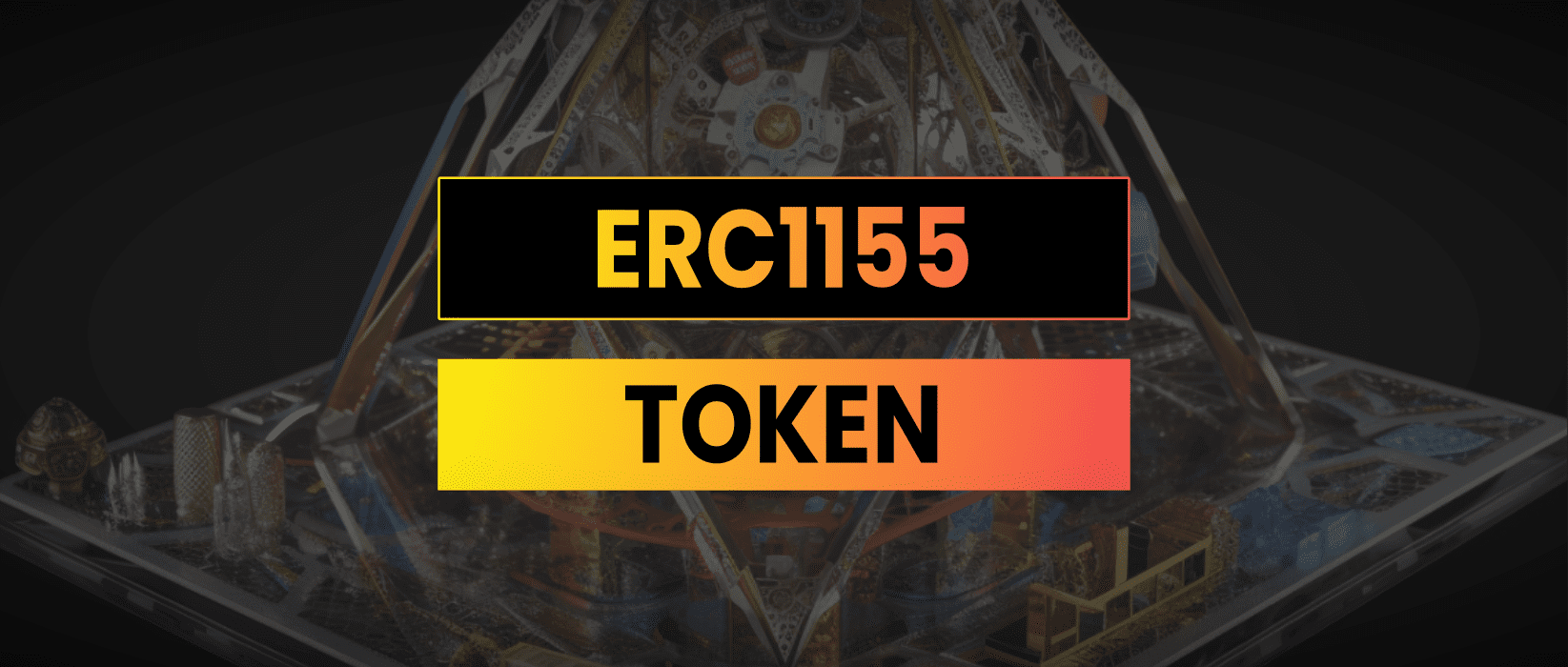April 2023
-

Protodanksharding & Danksharding Explained
Protodanksharding and Danksharding are two approaches to scaling the amount of data on-chain for a future version of Ethereum. The goal of both upgrades is to ensure that the data on-chain is made available to archiving parties when it was first posted. This is accomplished through a technique called Data Availability Sampling (DAS). When &…
-

Will Quantum Computing Break Bitcoin?
Quantum computing has the potential to transform the way we solve complex problems in various fields, including cryptography. It offers a unique approach to problem solving that can break certain cryptographic algorithms and create new opportunities for cryptography. Bitcoin uses a combination of SHA256 hash functions and secp256k1 elliptic curve (ECDSA) cryptography to secure transactions.…
-

Quadratic Voting | Make Democracy Great Again
Quadratic voting has gained popularity in recent years through adoption on applications such as Gitcoin Grants. Quadratic voting has the potential to fundamentally improve how public decisions are made. This essay will explain what quadratic voting is, how it works and what problems it solves. How Quadratic Voting Works The process of quadratic voting involves…
-

Technical Analysis For Crypto Degenerates
For cynics technical analysis is seen as astrology for middle aged white guys for others it is the holy grail, which when mastered, inevitably leads to trading success. The truth is somewhere in the middle, it is undeniable that price action reacts more at some levels than others. It’s important for anyone involved in investing…
-

Asymmetric Cryptography Explained
Asymmetric cryptography uses different keys for encrypting and decrypting data. The key used for encryption is called the public key, and the key used for decryption is called the private key. Asymmetric cryptography schemes are used for secure communication over insecure channels, such as the internet. It is used in blockchain networks for users to…
-

What is DVT? | Distributed Validator Technology
Distributed Validator Technology (DVT) enables a group of network validators, in a proof of stake system such as Ethereum, to act as a single validator. This can create a form of decentralized staking solution for the network which is more censorship resilient and secure. What Is DVT? The role of providing a consensus mechanism has…
-

AutoGPT Tutorial | Automated Agents In Practice
AutoGPT is an open source app that uses ChatGPT and several other plugin based modules to carry out every step needed to achieve a goal. AutoGPT is capable of interacting with 3rd party software and services both external such as the web and APIs and internal like spreadsheet apps. AutoGPT vs ChatGPT AutoGPT is a…
-

Advice For Hackathons | 9 Tips For Competing In Hackathons
Hackathons are a great way to socialise with other developers and build projects over a short period of time for fun and profit. James On YouTube Watch On YouTube: https://youtu.be/mnBofeo1Ib0 |Subscribe Work on something you are passionate about This starts with choosing a hackathon that is based on tech that you are interested in. I’m…
-

Frax Finance | DeFi Analysis Report
Frax is a growing ecosystem of DeFi products built on Ethereum. This is a write up of my internal research notes, this is not a sponsored post and I have no stake currently in Frax or FXS. What Is Frax? Founded in 2019 by Jason Huan, Sam Kazemian & Travis Moore. Frax has a legal…
-

Monolithic vs Polylithic Blockchains
Bitcoin is a monolithic blockchain, consensus is achieved on a single chain where all state data is stored. The Cosmos ecosystem is an example of a polylithic chain where there are multiple sub-chains running under a single consensus client. Monolithic Blockchains Monolithic blockchains are single-chain protocols where all functionalities including programmability through smart contracts, consensus…
-

Web3 Investment Thesis
This Web3 investment thesis covers the potential disruption from decentralized permissionless computing. As blockchains scale it’s going to be possible to use smart contracts to enable users to store their own data creating the opportunity for a new era of decentralized applications. Web3 Disrupting Data Web3 disrupts the way we store data online by using…
-

Private Funding vs Public Funding Rounds | How To Raise Capital In Crypto
Since the 2018 ICO bust, venture capital funding has become the primary avenue for blockchain startups to raise money. This comes with pros & cons which we will explore in this article alongside how raising capital works in the blockchain sector. How Private Funding Rounds Work During a private funding round the founders of a…
-

Blockchain Jobs | A Definitive List Of Roles & Salaries In Crypto
With the growing popularity of digital assets and decentralized finance, blockchain jobs are becoming increasingly lucrative and desirable. If you’re looking for a career with the potential for innovation, challenge, and outstanding opportunity, this list will guide you though the different jobs in the blockchain sector and what to expect. Executive Blockchain Jobs The founders…
-

DeFi Futures – GMX vs DyDx
Trading DeFi Futures products on decentralized exchanges such as GMX and DyDx has never been easier. The user experience is getting close to on par with centralized exchanges. Liquidity however, not so much… In this article we will look at how DeFi futures work, the market opportunity for decentralized futures exchanges and the two most…
-

Account Abstraction – ERC4337
ERC4337 is an Ethereum standard that achieves account abstraction on the protocol without any consensus-layer changes. Deployed on the Ethereum mainnet in March 2023, ERC4337 makes it possible to transact and create contracts in a single contract account. Account abstraction opens the door to user-friendly crypto wallet designs that could potentially facilitate broader adoption. How…
-

CAP Theorem & The Blockchain Trilemma
CAP Theorem states that a distributed system can deliver only two of three desired characteristics: Consistency, Availability, and Partition tolerance. In this article I’ll explore what CAP theorem is and how it relates to blockchain technology. What is CAP Theorem CAP theorem, was introduced by Eric Brewer in 1998 and proven as a theorem in…
-

Bitcoin Ordinals
Bitcoin ordinals are a means of creating NFTs by attaching data such as images, videos, and more to an individual satoshi on the base Bitcoin blockchain. They use an arbitrary but logical ordering system called ordinal theory to give each individual Bitcoin satoshi a unique non-fungible reference. What Are Bitcoin Ordinals? Bitcoin ordinals, also known…
-

Solidity vs Vyper
Solidity and Vyper are the two most popular programming languages for blockchain developers on Ethereum. Both of these languages have their own strengths and weaknesses which we will go through to help developers decide which is best suited for their project. Solidity Solidity is the most widely used programming language for developing smart contracts on…
-

Autonomous AI Agents
Autonomous AI agents are often considered the most dangerous form of AI, as they have the capacity to evolve to meet their developers goals. In this article we will explore how autonomous AI agents work, the potential for this technology and question some implications in it’s inevitable roll out. How Autonomous AI Agents Work Autonomous…
-

Sign In With Ethereum Tutorial
To sign in with Ethereum using Metamask we will be using the ERC4361 specification that allows Ethereum accounts to authenticate with off-chain services using a standard message format. This technology offer users a self-custodial alternative to centralized identity providers that generally use email:password credentials. In Web3 applications we can improve user experiences and establish a…
-

EigenLayer | DeFi Analysis Report
EigenLayer is a protocol which allows Ethereum stakers to restake their ETH. This is a write up of my internal research notes, this is not a sponsored post and I have no stake currently in EigenLayer. EigenLayer is being developed by EigenLabs which is headed by CEO Sreeram Kannan. Sreeram has an academic background and…
-

Solidity Callback | Solidity Tips & Examples
A callback function in Solidity allows us to pass a function reference from one contract to another and have it execute as part of an atomic transaction. James On YouTube Watch On YouTube: https://youtu.be/pjm0eOelPXc |Subscribe Let’s first take a look at an example from the Solidity Snippets Github repo. Full code at: https://github.com/jamesbachini/Solidity-Snippets/blob/main/contracts/Callback.sol This code…
-

Strings in Solidity | Solidity Tips & Examples
A string in Solidity is a data type used to store text. Working with strings in Solidity can be challenging due to the limitations and efficiency required by the Ethereum virtual machine. This article aims to provide a comprehensive guide on how to use strings in Solidity, covering their properties, limitations, and best practices for…
-

Renegade Dark Pool DEX
Renegade is a new type of decentralized exchange that utilizes a dark pool to provide MEV resistant private transactions. This is a write up of my personal research, is not a sponsored post and I currently hold no stake in Renegade. What Is Renegade? The Renegade whitepaper was authored by Christopher Bender and Joseph Kraut.…
-

Timestamp in Solidity | Solidity Tips & Examples
A timestamp is a numerical value that represents a specific moment in time. It’s often used to track when a certain event occurred or when a piece of data was created or modified. The most common way to represent a timestamp is by using the number of seconds that have elapsed since a specific moment…
-

encodeCall in Solidity | Solidity Tips & Examples
From Solidity version 0.8.11 we can use an interface to define a function to pass to encodeCall parameters. encodeCall is a function that allows you to encode a function call with its parameters into a single byte array. This byte array can then be used to make a low-level call to another contract’s function. Here…
-

GammaSwap Pepetual Futures | DeFi Analysis Report
GammaSwap is a decentralized exchange that allows perpetual leverage trading on any token without liquidation risk from price movement, while also offering additional yield to liquidity providers through borrow fees. In this article I will write up my internal research notes, this is not a sponsored post and I currently have no stake in GammaSwap.…
-

Custom Error Handling in Solidity | Solidity Tips & Examples
Custom error handling enables Solidity developers to efficiently handle reverts and failed transactions including logging parameters. Let’s first take a look at an example from the Solidity Snippets Github repo: Note that the Solidity compiler version must be greater than 0.8.4 to use custom errors. Customer errors are supported by Etherscan and most other block…
-

Timeswap v2 AMM Money Market | DeFi Analysis Report
Ricsson Ngo took inspiration from Uniswap and set out to build a permissionless money market. The idea evolved into Timeswap which recently launched on Arbitrum. In this article I’ll write up my own notes and internal research on the protocol. Note this is not a sponsored post and I don’t currently hold any stake in…
-

Solidity Libraries | Solidity Tips & Examples
A solidity library is a reusable contract that contains functions that can be called by other contracts. When you import a Solidity library into your contract, you can use the functions provided by the library. How To Import Solidity Libraries In your smart contract, you can import the library by using the import keyword followed…
-

Random Numbers in Solidity | Solidity Tips & Examples
Generating a random number in Solidity is not as straightforward as in some other programming languages, because the Ethereum blockchain is deterministic, meaning that multiple execution clients or nodes must come to the same conclusion about the state of the blockchain. For many use cases using the new prevrandao global variable provides “good enough” randomness…
-

Conditional Statements & Loops in Solidity | Solidity Tips & Examples
Conditional statements & loops in Solidity are fairly intuitive and follow the conventions of other languages such as Javascript. In this article we will go through some examples of each before looking at the relational operators we can use within these statements. if statement The “if” statement is used to execute a block of code…
-

Natspec in Solidity | Solidity Tips & Examples
Natspec comments are important for Solidity developers to understand because sooner or later you will come across a code base that requires you work with them. Proponents will say Natspec makes the code more readable and understandable. While I personally disagree with this and prefer to separate code and documentation, the format is popular and…
-

How The Twitter Algorithm Works
On the 31st March 2023 Twitter open-sourced large sections of it’s algorithm which ranks content. This provided refreshing insights into how large scale social media applications rank content. In this article I’m going to look at how the algorithm works and how content creators can use this new information to gain more reach and influence.…
-

ERC1155 Token Contract | Solidity Tips & Examples
ERC1155 offers a more flexible and efficient way of managing fungible and non-fungible tokens, making it an attractive option for developers who want to create complex digital assets with multiple use cases. In this blog post, we’ll dive into the details of ERC1155 and explore why it’s becoming a preferred choice for Solidity developers looking…


